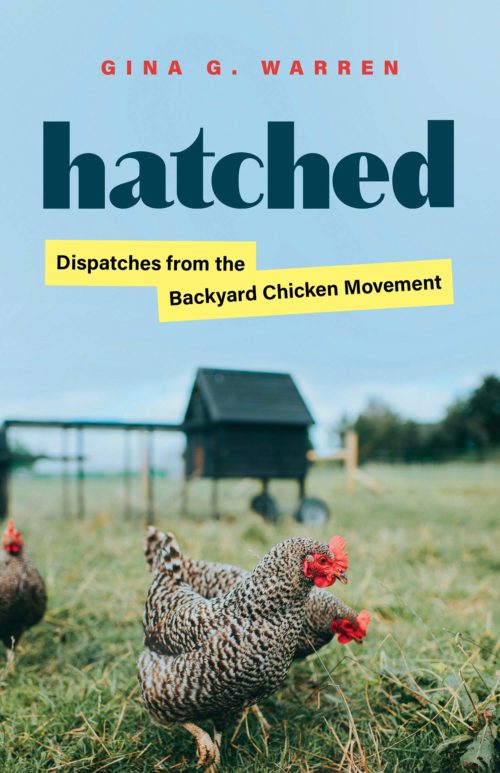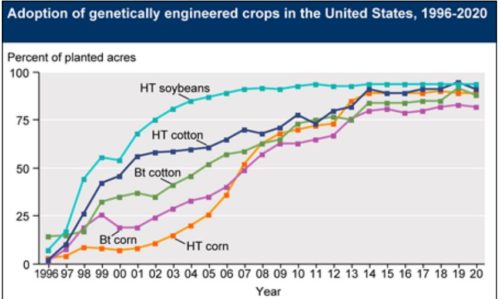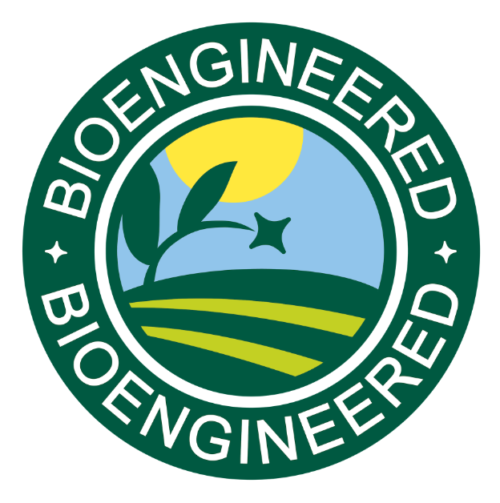The FDA needs to take action on food dyes
Bettina Siegel’s Lunch Tray blog had an item recently about a new report on the effects of food dyes on children’s behavior (her blog is behind a Substack paywall, but well worth the subscription).
This report makes it time to talk about food dyes again. For starters, they have only one purpose: to sell ultra-processed (junk) foods. Research shows that brightly colored candy, snacks, and sodas are perceived as tasting better than the grey alternatives. The food industry needs cosmetic food dyes. We don’t, especially if they are harmful.
The 311-page peer-reviewed report, from the California Environmental Protection Agency’s Office of Environmental Health Hazards Assessment (OEHHA), is a meta-analysis of animal studies and 27 human clinical trials dealing with the neurobehavioral effects of seven synthetic food dyes on children.
Its conclusion:
The scientific literature indicates that synthetic food dyes can impact neurobehavior in some children… current ADIs [FDA’s Acceptable Daily Intakes] may not provide adequate protection from neurobehavioral impacts in children. For some of the dyes… updated safe levels of exposure would be much lower.
The idea that synthetic food dyes are associated with adverse neurobehavioral outcomes in children, but that children vary in their sensitivity to these dyes, is hardly new information.
In the mid-1970s, the physician Ben Feingold associated food dyes with hyperactivity in children and developed the Feingold Diet to improve kids’ behavior.
Much of the evidence for the “Feingold hypothesis” rested on anecdotal reports by parents,
Scientists’ attempts to study the effects of food dyes gave mixed results. For example, as I wrote in a blog post on March 31, 2011, consider two studies published by Science magazine in 1980:
- Researchers gave pills containing a mix of food additives to 40 children, 20 diagnosed as hyperactive and 20 not. The children diagnosed with hyperactivity reacted to the food additive challenge but the other children did not (Science 1980;207:1485-87). But this study used pills rather than foods, mixed additives, and used questionable methods for evaluating hyperactive behavior.
- Researchers attempted to correct for such problems by using two drinks that looked and tasted the same—one contained seven food colors while the other did not. The study was designed carefully such that neither the kids, parents, or observers knew what the kids were drinking. The result: Twenty of the 22 kids showed no reaction to the dyes. One child reacted to the dyes every time (Science 1980;207:1487-89).
The interpretation? Some kids may react to food dyes.
This gave the FDA an excuse to do nothing. But then,
- In 2007, a study in England associating food dyes with hyperactivity revived the issue.
- In 2008, the Center for Science in the Public Interest (CSPI) petitioned the FDA to bad food dyes associated with behavioral problems in children.
- In 2009, CSPI updated its Diet, ADHD & Behavior: A Quarter-Century Review
- In 2010, CSPI published Food Dyes: A Rainbow of Risks.
- In 2016, CSPI published Seeing Red: Time for Action on Food Dyes.
Today, the FDA says this about color additives in food:
FDA on color additives in food (2007):
So how safe are they? “Color additives are very safe when used properly…There is no such thing as absolute safety of any substance. In the case of a new color additive, FDA determines if there is ‘a reasonable certainty of no harm’ under the color additive’s proposed conditions of use.”
FDA on whether color additives are safe to eat (2018):
Yes, color additives are safe when they are used in accordance with with FDA regulations…our regulations specify:
- the types of foods in which it can be used,
- any maximum amounts allowed to be used, and
- how the color additive should be identified on the food label.
FDA on whether color additives affect the behavior of children (2018)
The FDA has reviewed and will continue to examine the effects of color additives on children’s behavior. The totality of scientific evidence indicates that most children have no adverse effects when consuming foods containing color additives, but some evidence suggests that certain children may be sensitive to them…Parents who wish to limit the amount of color additives in their children’s diet may check the food ingredient list on labels. Parents should also discuss any concerns with their family physician.
Well good luck with that. The FDA can and should do better.
The bottom line: Food dyes have no health benefits. Kids don’t need to be eating ultra-processed foods anyway. They will not be harmed by avoiding food dyes.
CSPI has produced a lengthy and comprehensive comment on the new report.
Given all of this, it’s surely time for the FDA to take some action.








